Heretics in Archaeology
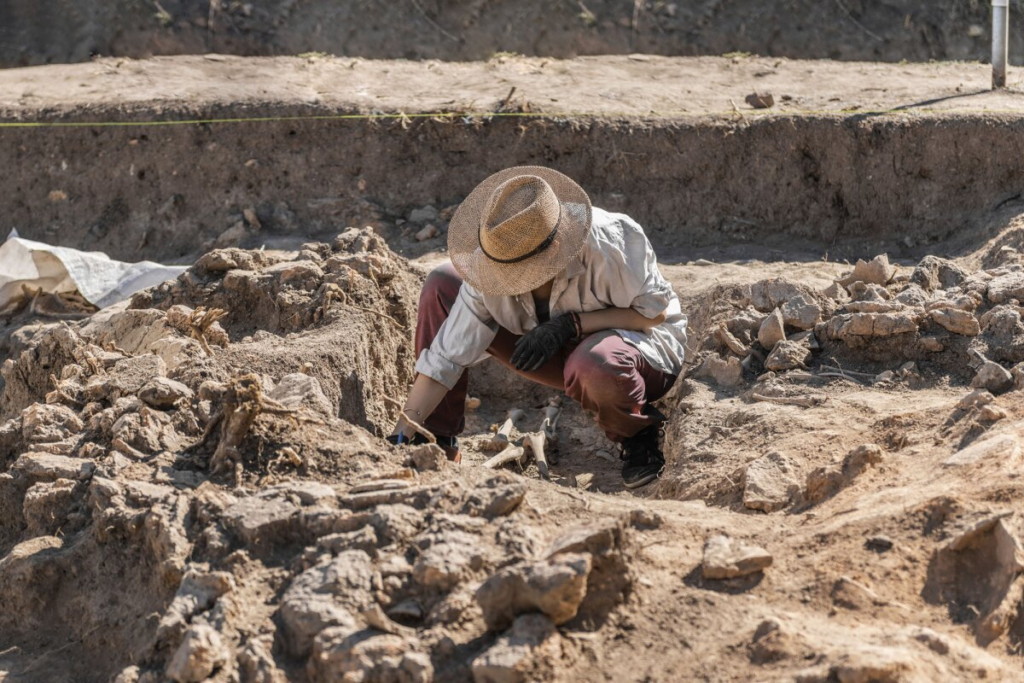
Heinrich Schliemann, upon finding Priam’s treasure in the ruins of the famous Troy, has demonstrated in a resounding way that from a myth, a Homer’s account in this case, it was possible to make extraordinary discoveries.
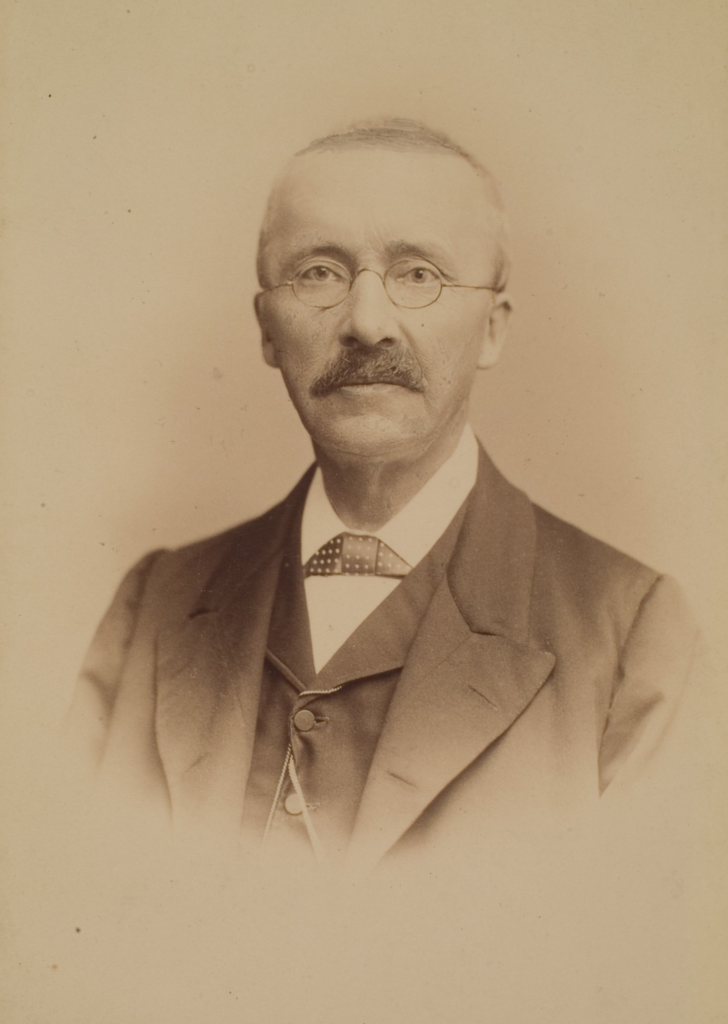
During his lifetime, he was ridiculed by:
- scientists
- scholars
- journalists
who saw in him nothing more than an adventurer in the bad sense of the term. even though he is currently considered to be one of the largest Archaeologists.
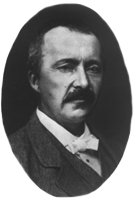
In archaeology, the heretics are the ones who have the courage to study those impossible objects that are out of their time, at least according to our current knowledge.
For example:
Dr. Khalil Messiha who studied and rehabilitated the Egyptian glider.
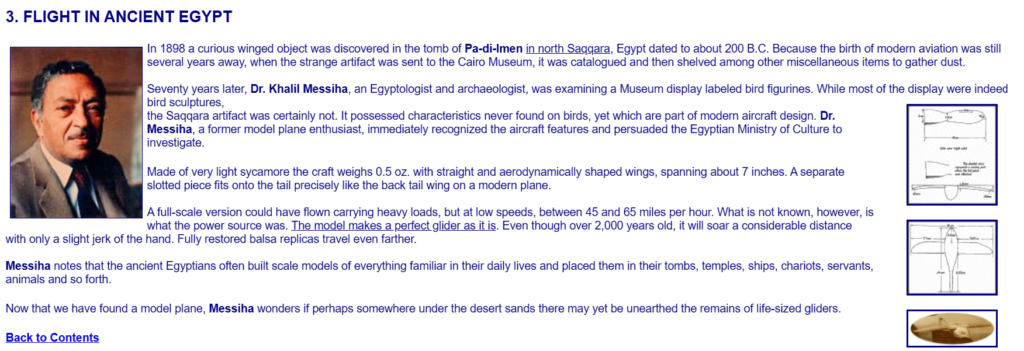
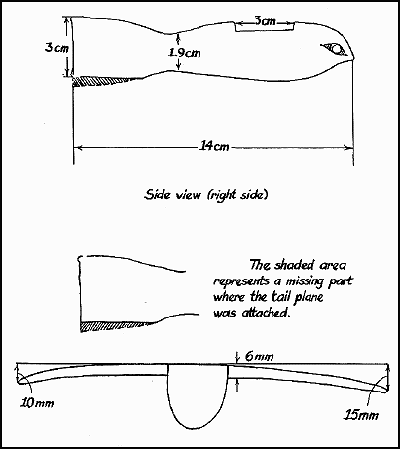
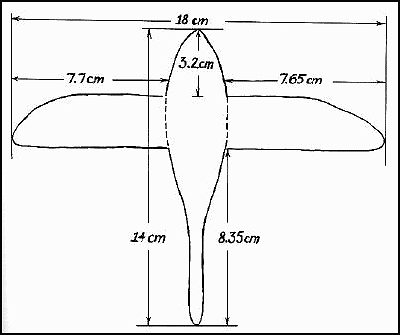
Professor Charles Hapgood, who studied the maps of Piri Reis and the statues of Acambaro.
Ancient Maps – Library of Rickandria
Dr. Derek of Solla Price
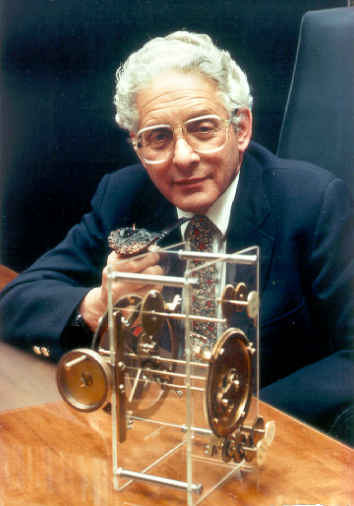
[Derek John de Solla Price (22 January 1922 – 3 September 1983) was a British physicist, historian of science, and information scientist. He was known for his investigation of the Antikythera mechanism, an ancient Greek planetary computer, and for quantitative studies on scientific publications, which led to his being described as the “Herald of scientometrics”.]
Professor Christopher Zeeman
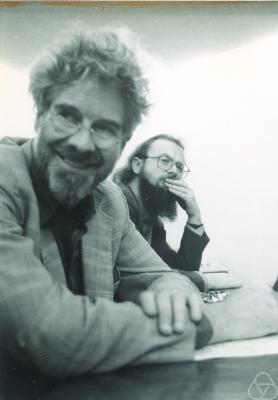
[Sir Erik Christopher Zeeman FRS (4 February 1925 – 13 February 2016), was a British mathematician, known for his work in geometric topology and singularity theory.]
who studied the Antikythera mechanism.
Or not to hide but to hide to reveal to the general public a discovery that casts doubt on a part of the important part of the history considered as acquired definitely.
For example:
Dr. Svetla Balabanova:
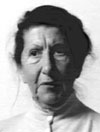
who, upon finding Evidence of nicotine and cocaine in Egyptian mummies, raised the problem of contact between the East and the East Middle and America in Antiquity.
American Drugs in Egyptian Mummies (ucr.edu)
Cocaine Mummies & the search for narcotics in historic collections | UCL Researchers in Museums
Dr. Javier Cabrera:

who collected and preserved the stones of Ica, so astonishing that, without even moving, the Scientists rejected them.

Mr. Emile Fradin:
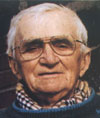
farmer and discoverer of the Glozel site, so equally controversial, but one that weathered all the and who continues to fight for the recognition of the site.
